I took the Kia EV5 on a weekend away and it's a near-perfect electric SUV for families – with one major drawback
A great mix of features, range and speed, but some things are off
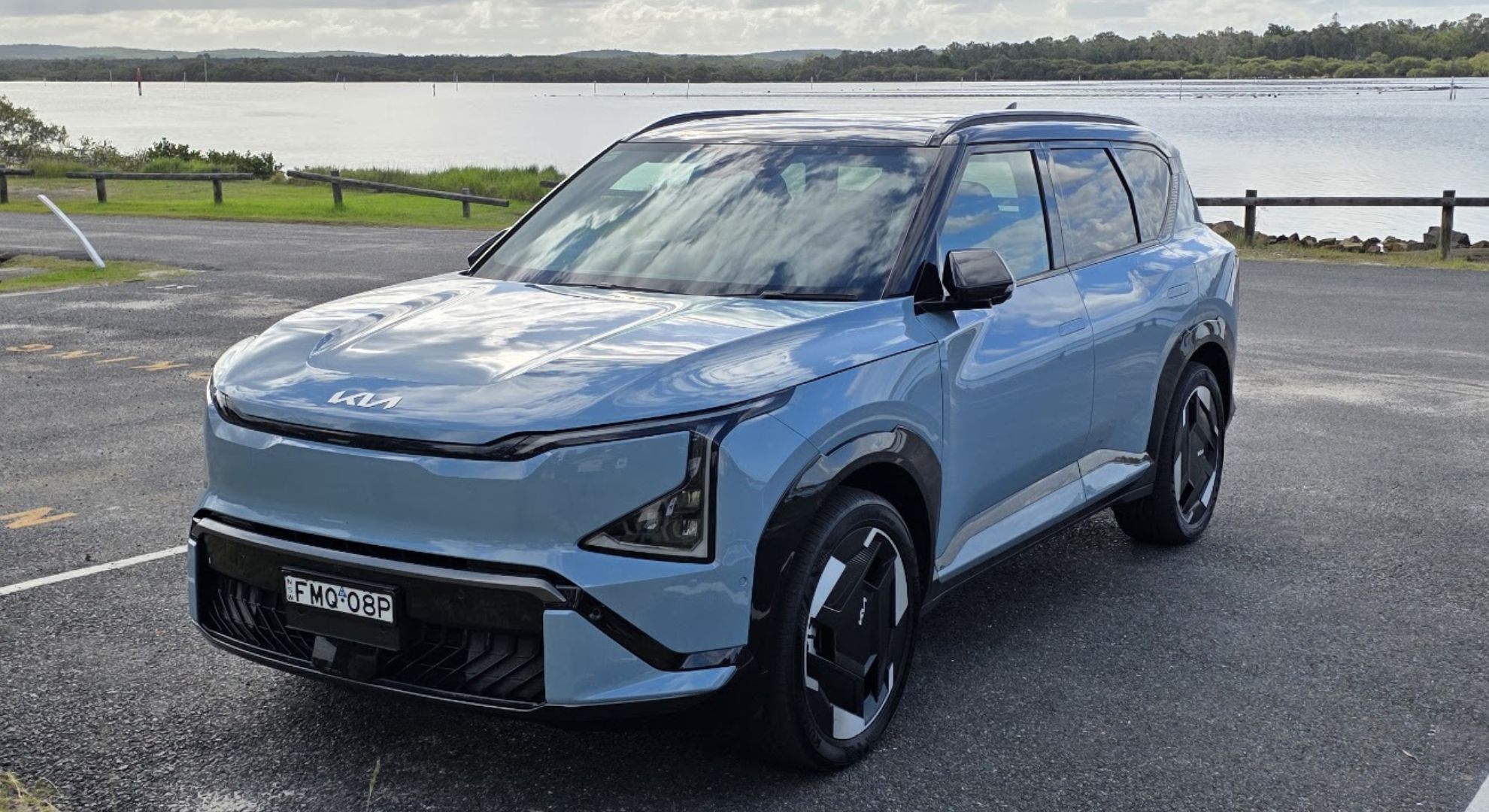
Since the release of the Kia EV6 in 2021 – the company’s first mass-market, all-electric car – the Korean automaker has been an exemplar of how to be successful in the electric automotive space with a broad and accessible range of vehicles. Four years later, the EV5 targets the company’s broadest customer base yet as a competitively-priced mid-size SUV – and it’s already a well-selling car in both South Korea and Australia.
In my opinion, Kia is second only to Tesla in having the strongest range of EVs in 2025. Led by the older hatchback/wagon/SUV crossover EV6, Kia’s line-up has something for almost all tastes, from the gigantic EV9 at the top to the accessible and compact EV3 SUV at the bottom.
Given that the EV5 is focused on broad appeal with its size and performance, this mid-size SUV seems purpose-built to lead the carmaker into its future as its new hero vehicle (though based on the glimpses we’ve had, the upcoming Kia EV4 sedan and hatch may give the EV5 a run for its money).
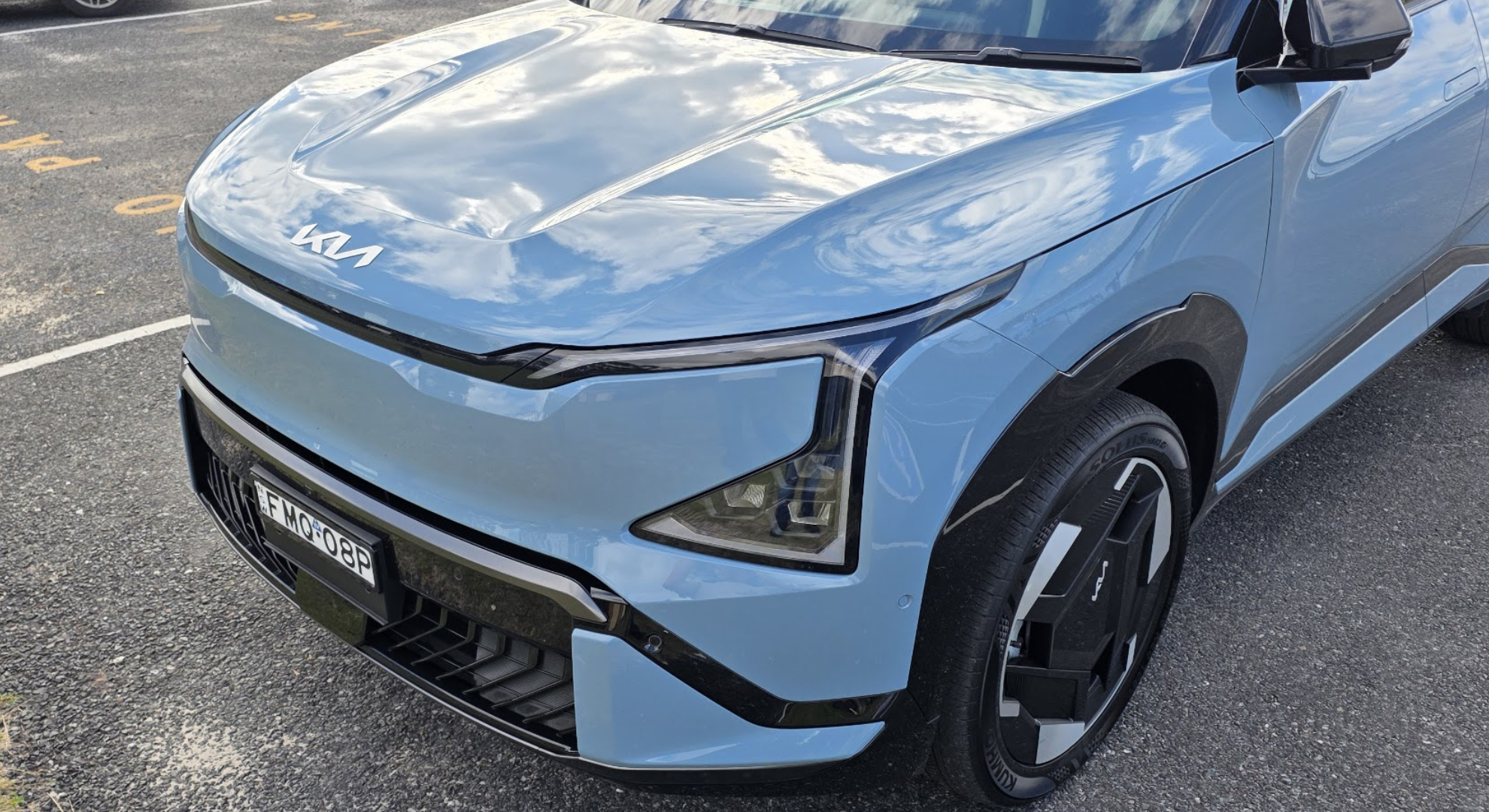
There’s just such a compelling mix of important features here, which should make it broadly appealing for a huge range of consumers. While nothing is done exceptionally better than any other carmaker – driving feel is great and range is competitive, sure – Kia’s done well providing a well-rounded package across a broad price range. Better yet, it doesn’t stray too far off what a casual driver expects from a car, with a sensible layout of buttons and shortcuts without much need to dive into the infotainment system.
However, in saying this, there is one notable area of weakness: Kia’s operating system continues to be a bit of a letdown. In the lead-up to testing the EV5, I spent some time with its sportier sibling, the Kia EV6. Having reviewed it when it first came to Australia (back in 2022) and originally bemoaning its operating system, I can confirm that Kia (and by extension Hyundai – which uses the same OS but reskinned) continues to be behind the pack, particularly when it comes to cheaper Chinese rivals.
But that leads naturally into what my argument is around Kia’s upcoming cars. Kia, Hyundai and Genesis are transitioning to the Android Automotive platform from 2026 – the same OS that underpins the Polestar 2, 3 and 4. This is undoubtedly going to be a gigantic step in the right direction, given that Polestar’s infotainment system is class-leading and Kia’s is middling.
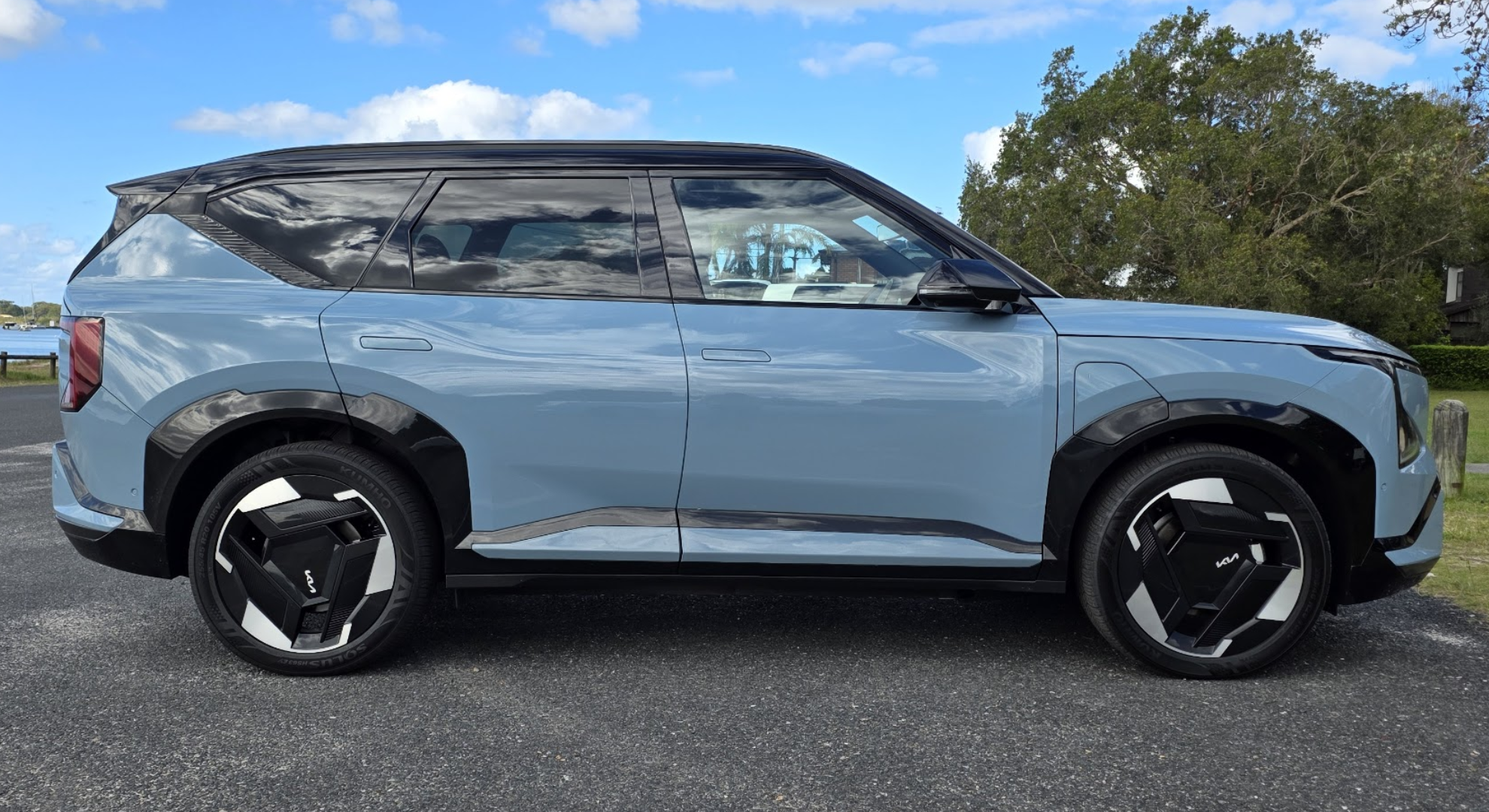
Unfortunately, the operating system transition will not impact cars released before 2026 – not even those from Genesis and Hyundai – and it’ll only be available in vehicles from that model year onward. It’s great that these companies are actually shifting their operating systems – there are plenty of automakers still getting by with interfaces only qualifying as “useable” – but I do wish the shift had happened sooner, so the Kia EV5 could have gotten the best system out the door.
Sign up for breaking news, reviews, opinion, top tech deals, and more.
I’m not so insufferable that I’d write the Kia EV5 off for its unimpressive OS, but I am confident that an Android Automotive-powered system will contribute to a much more intuitive daily drive. As for the actual ‘car’ bit, though – here’s what I thought of the Kia EV5.
But first, the specs
Specs | Kia EV5 |
Country of manufacture | China, South Korea |
Price | Kia EV5 Air (Standard Range): AU$56,770 Kia EV5 Air (Long Range): AU$61,170 Kia EV5 Earth: AU$64,770 Kia EV5 GT-Line: AU$71,770 The Kia EV5 is unavailable in the US and is yet to be priced in the UK, but is expected to start at around £40,000 |
Range | Kia EV5 Air (Standard Range): 400km / 248mi (WLTP) Kia EV5 Air (Long Range): 555km / 344mi (WLTP) Kia EV5 Earth: 500km / 310mi (WLTP) Kia EV5 GT-Line: 470km / 292mi (WLTP) |
Battery size | Kia EV5 Air (Standard Range): 64.2kWh Kia EV5 Air (Long Range) / Earth / GT-Line: 88.1kWh |
Power / torque | Kia EV5 Air (Standard Range) / Air (Long Range): 160kW / 310Nm Kia EV5 Earth / GT-Line: 230kW / 480Nm |
Maximum charging capacity | 102kW (Air Standard Range), 140kW (all other models) |
Quoted recharge speed | Air Standard Range: 57 minutes (10% - 80% via 350kW charger) All other models: 36 minutes (10% - 80% via 350kW charger) |
Drivetrain | Kia EV5 Air (Standard Range) / Air (Long Range): FWD Kia EV5 Earth / GT-Line: AWD |
Dimensions | 4,615 L x 1,875 W x 1,715 H |
Boot capacity | 513L, 1,714L (including rear seating) |
Kia believe it?
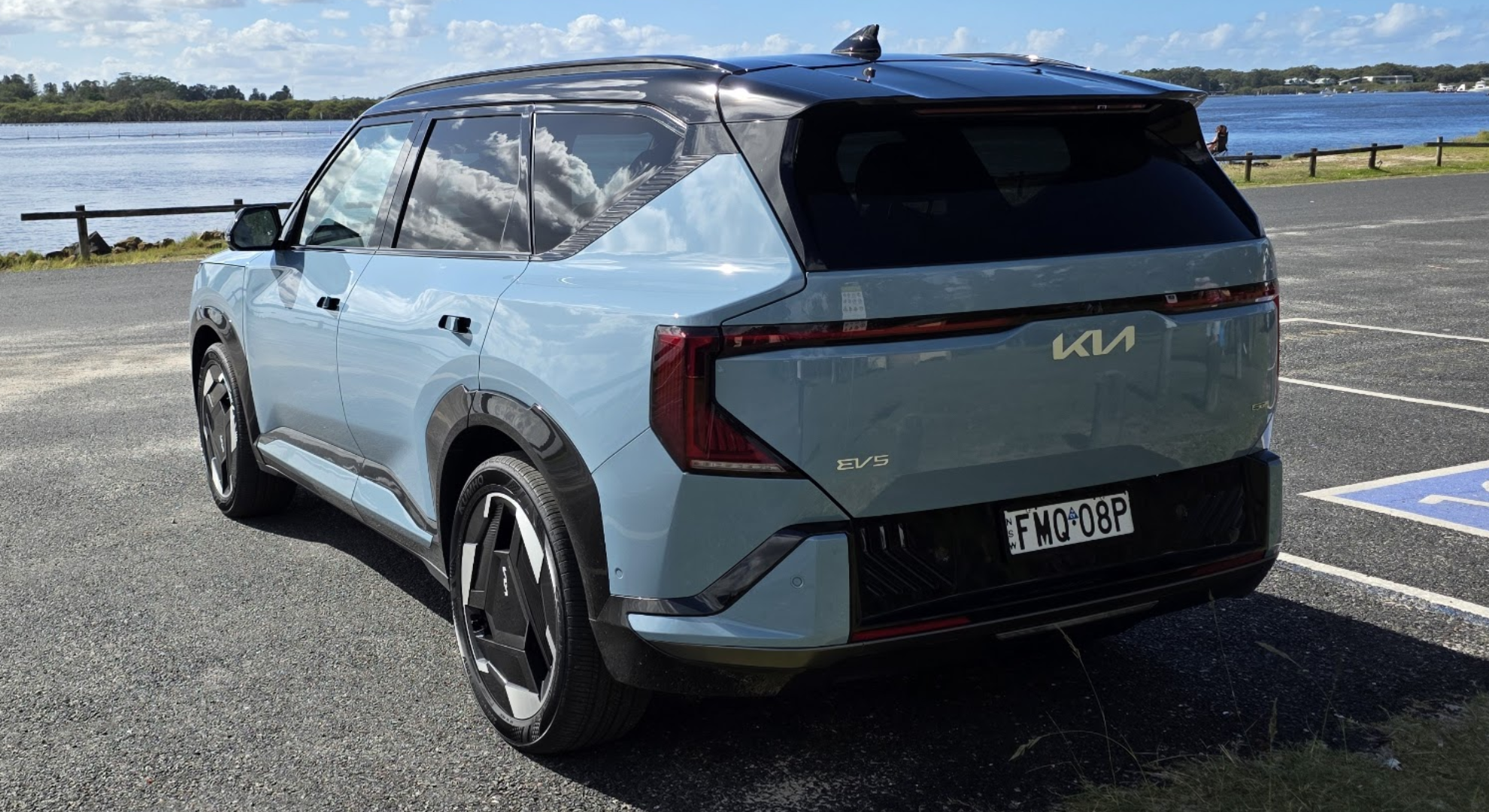
There’s so much going for the Kia EV5 that makes it an attractive option. A generously spacious interior is matched by an exterior that’s not as big as it may appear in photos, and is easy to manoeuvre through tight carparks. Having taken the EV5 on a trip out of town with a car load of people (including three adults and two baby-seat-using kids), the EV5 ended up being comfortable for a whole family.
With its now-unified style language, one of the struggles Kia has walked into is that the EV3, EV5 and EV9 look practically identical in photos. It’s only in person that you’ll notice size differences, with the number in each model name equating to a successive increase in price point – though dimensions are kind of all over the place.
This talk about space is the most crucial argument in the EV5’s favor – it’s a remarkably useful car. Its closest competitors can meet it on range, with the longest range version of the EV5 capable of up to 555km on the WLTP cycle, but the EV5 generally offers greater boot and backseat space, making it a more ideal vehicle for a family rather than simply a practical electric car.
Built to be cheap

The entire focus of the Kia EV5 is to be attractive to a huge range of customers, and this comes down to two major points: size and price. The car is spacious without being difficult to drive on tight streets and it’s priced attractively in competition with companies like Tesla and emerging Chinese rivals, while also being competitive against luxurious European alternatives.
The maximum DC charging capacity of 140kW (or 102kW in the standard model Air) is a little underwhelming, especially given how quickly the next-model-up EV6 can charge (233kW) – but you’ll comfortably get by without having to use a public charger for more than 10-20 minutes at a time if you’re going on a four-hour trip out of town.
The reason for this much lower charging speed is the same as why the EV5 features a FWD drivetrain on the base model instead of RWD as found in the EV6 and EV9 – Kia has elected to use a cheaper-to-manufacture platform, a fundamental architecture of a car that can be shared across multiple models, for the EV5 than that underpinning the aforementioned cars. This cheaper platform also powers the EV3 but not the incoming EV4, which will use a lower-voltage variant of the EV6’s system.
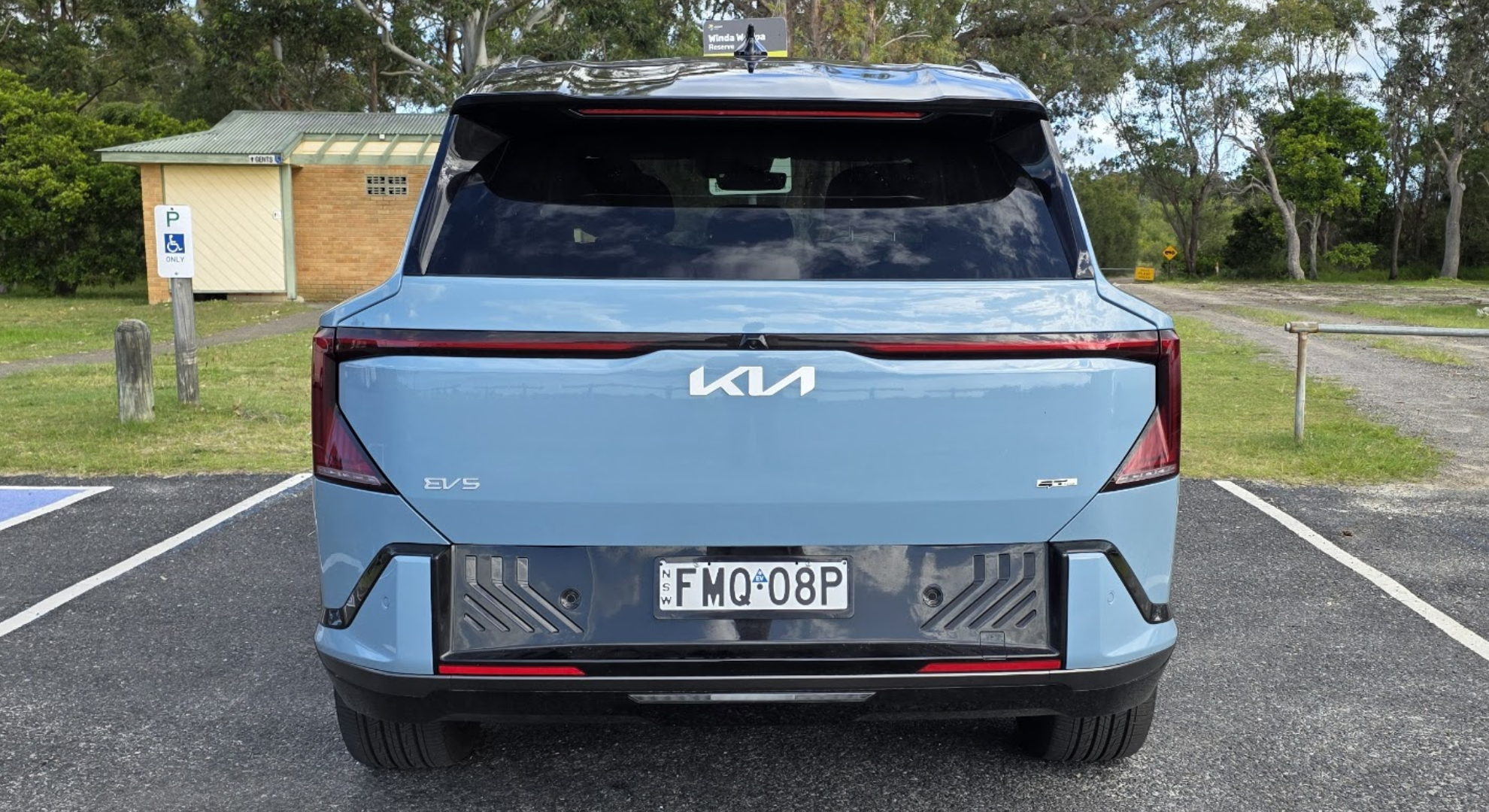
As models increase in price, they naturally get more features. The Air Long Range and Earth variants of the EV5 both add a larger battery, with the Earth also incorporating a dual-motor AWD drivetrain. The Earth comes with synthetic-leather seat upholstery, a power-lifted tailgate and a V2L charging port (allowing it to power external appliances with an adapter).
The high-end GT-Line that I tested, which includes the aforementioned features, adds 20-inch alloy wheels, 360-degree camera, a roof-spanning sunroof, heads-up display, blind spot camera, a heated and cooled storage bin in the back, heated rear seats, ventilated front seats, heated steering wheel, Harman Kardon sound system and wireless phone charger.
The 360-degree camera only being available in the top-end variant is a bit disappointing, considering that this feature is available on much cheaper EVs like the BYD Atto 3. It’d be great to see it available with the Earth trim at least.
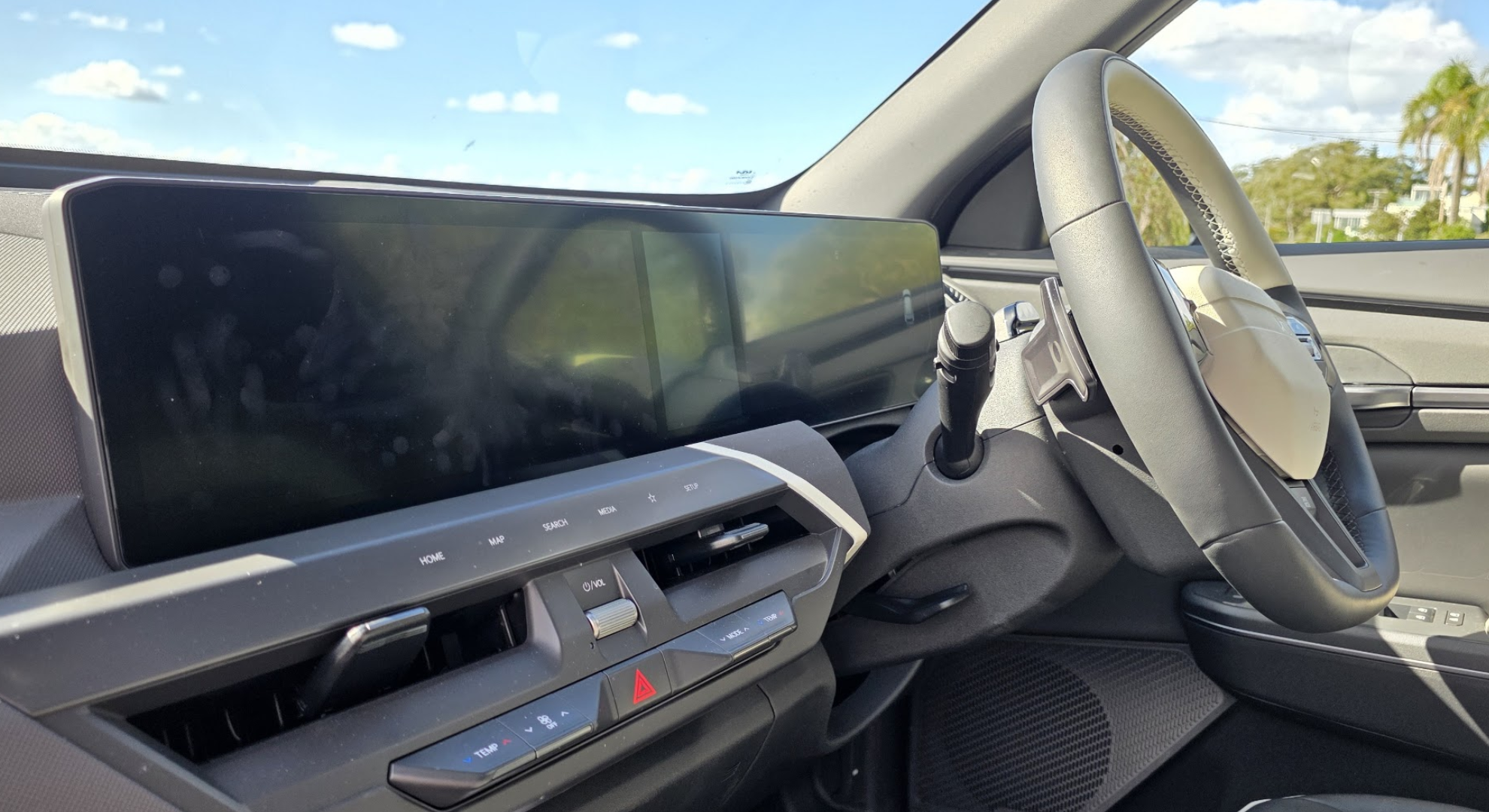
Erring even more critically, Kia’s continued use of Kia Connect, an OS that it shares with other Korean automakers Genesis and Hyundai (though under different names) continues to be a bit of a letdown.
It’s not that Kia Connect is poorly made – it’s just nowhere near as good as what contemporary EV makers are offering at this price. The in-built navigation app is a pretty big annoyance, as you’ll be diving through way more menus than are necessary just to plot a route somewhere. While Kia’s app at least relies on Google Maps data, I quickly gave up on using it and switched to Android Auto for its more convenient layout. The design of the OS is also pretty counterintuitive, with a focus on app-based options (most of which you might never open) and convoluted settings menus.
At least Kia has minimized how much time you generally need to spend in those menus. There’s a dedicated panel between the center screen and instrument cluster dedicated to climate controls, physically separate from the rest of the infotainment system (a very welcome screen given that some cars bury this in the infotainment system). The car also has wireless Android Auto and Apple CarPlay, so pairing your phone can also help limit how often you’ll actually need to interact with Kia’s OS.
I’m hoping that Kia’s embrace of Android Automotive will be quickly applied to its new electric models in 2026, but as of writing, there has been no announced plans for inclusion across next year’s range.
A near-perfect EV
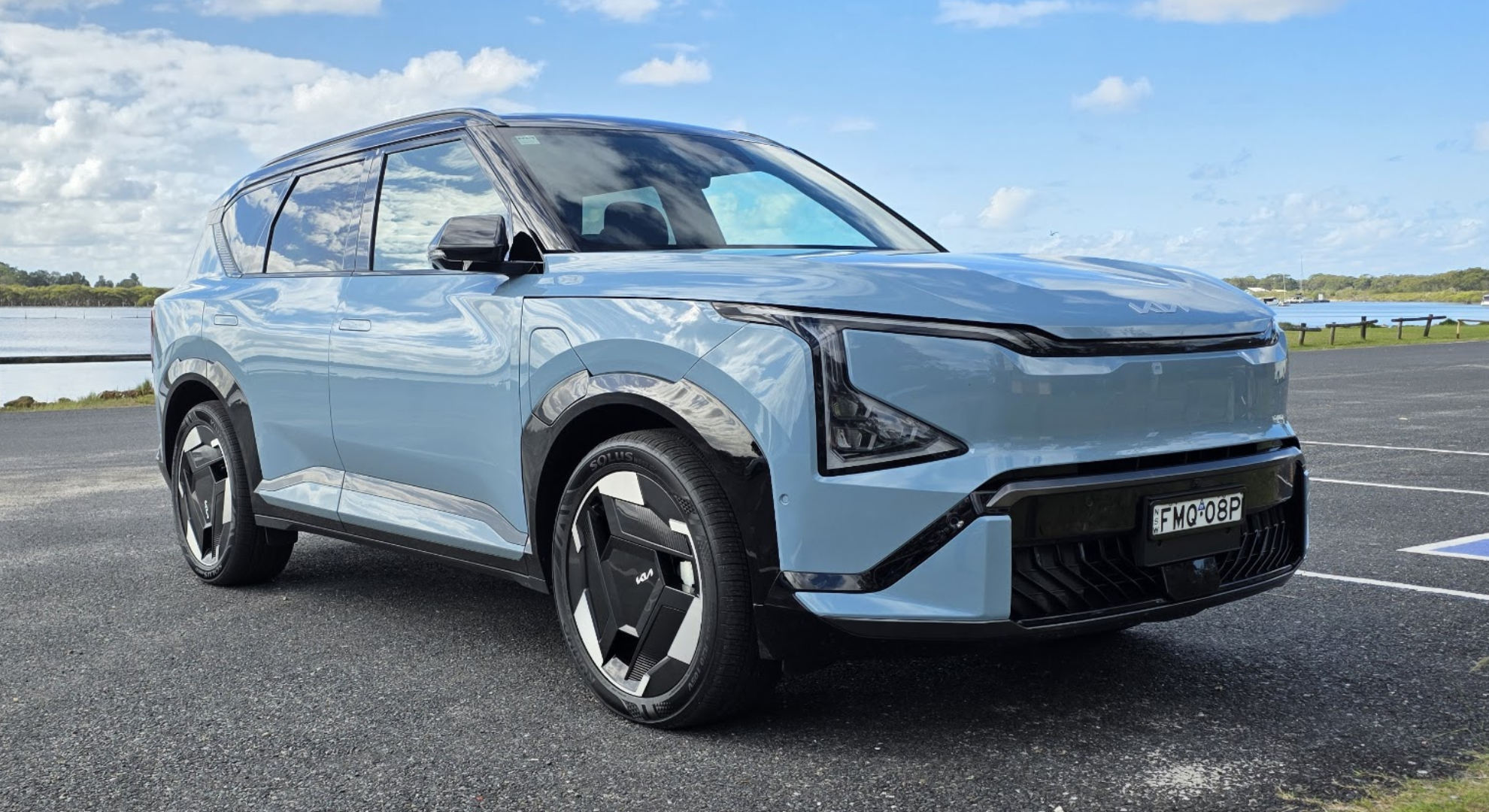
The Kia EV5 is a much more competitive EV than a lot of its rivals, particularly those coming from well-established brands like BMW and Volkswagen, but I’m hesitant to recommend it to everybody. The EV5 has a perfect mix of features to make it ideal for a driver not craving the most futuristic experience (something that Tesla, Polestar and BYD do better), but instead wants a more traditional layout in the driver’s seat. On top of this, it’s spaciously competitive, dwarfing many of its rivals easily.
I’d recommend the Air Long Range to most people above other models in the Kia EV5 line-up as it offers the most competitive mix of range and price. With its large size, it's particularly attractive for families. However, if you want an intuitive software experience, then I’d recommend comparing around or waiting on Kia’s incoming range of cars with the Android Automotive OS.
If you’re shopping for rivals that offer similar pricing, range and features, consider the newly refreshed Tesla Model Y, Xpeng G6 and BYD Sealion 7. Looking to the higher end, I’d put forward Volkswagen ID.4, Mini Countryman EV or even the BMW iX1.
You might also like...
- Meet the next electric hypercar – Mercedes-AMG just got its mojo back with a 1,360hp concept that will soon take on the Porsche Taycan
- Tesla's robotaxi rollout is already under investigation, as videos surface of erratic driving
- Apple CarPlay Ultra stalls as these 5 car giants have reportedly decided to U-turn

Zac was part of TechRadar's Australian phones desk, covering the big releases from the likes of Google, Samsung and Apple. He continues to write about the Aussie EV market for this publication. He's previously written for Gizmodo Australia, Canstar Blue and The Daily Mail Australia (with articles on Nine, Junkee, Kotaku Australia and Lifehacker Australia).
You must confirm your public display name before commenting
Please logout and then login again, you will then be prompted to enter your display name.